When the opportunity arises to visit the largest royal palace in Europe, and one that is still active for holding state ceremonies, you should definitely take advantage of it.
Although that tour will spend a good part of a tourist's day in the new city, the very fact that you moved through the halls, corridors and rooms of this magnificent building, which has been in operation since
1755, they are worth that "spent" time.

Only certain rooms out of a total of 3,418, located on 135,000m², are accessible to the public, but this is more than enough to get an impression of the luxury in which the royal families once lived, while the common citizens and people in the countryside lived in misery and poverty.
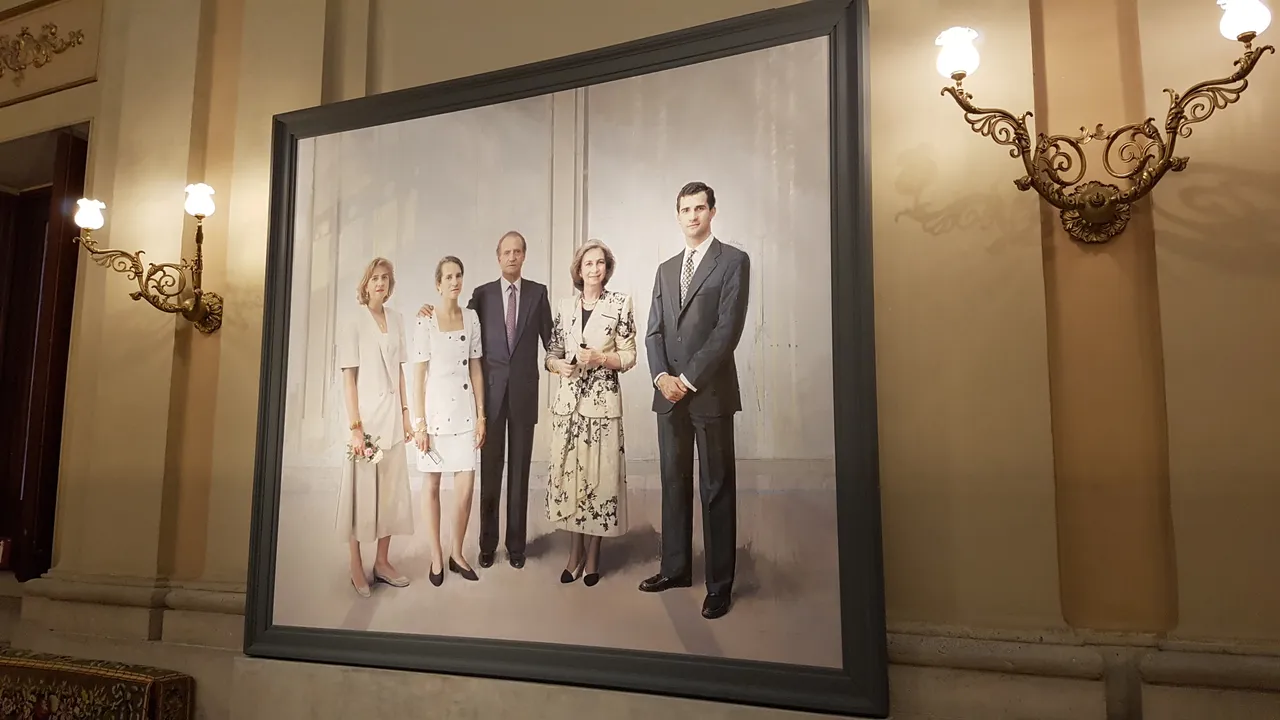
Although there is a portrait of the members of the royal family at the entrance to the palace, they do not live in this palace now. They chose a property in the suburbs of Madrid to live in and opened their royal palace Palacio Real de Madrid to the public.
Thanks to them for that 🙂

Even if you don't want to enter the palace, you can get an impression of its grandiosity and size as well as its artistic value in its courtyard, because in the palace courtyard and on the facade there are sculptures that are famous works of art.



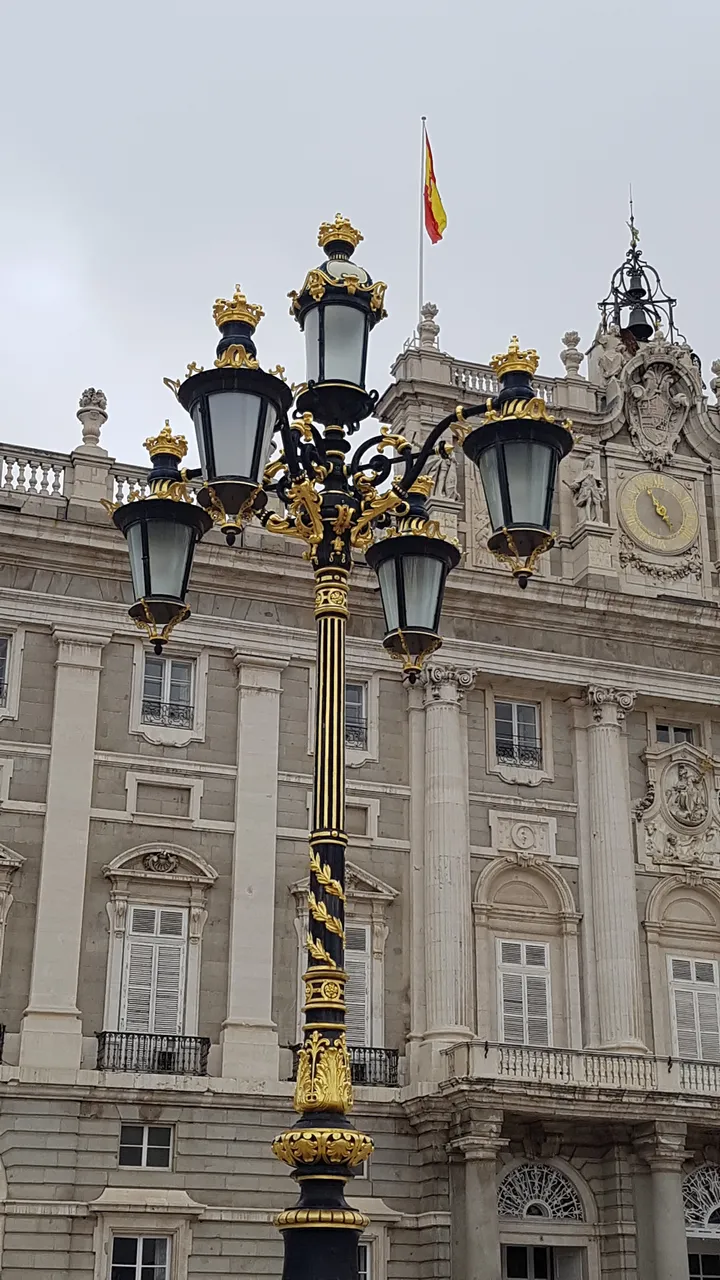


More than these sculptures, I was attracted to the "changing of the guard" performance, with beautiful horses and guardsmen in ceremonial uniforms.
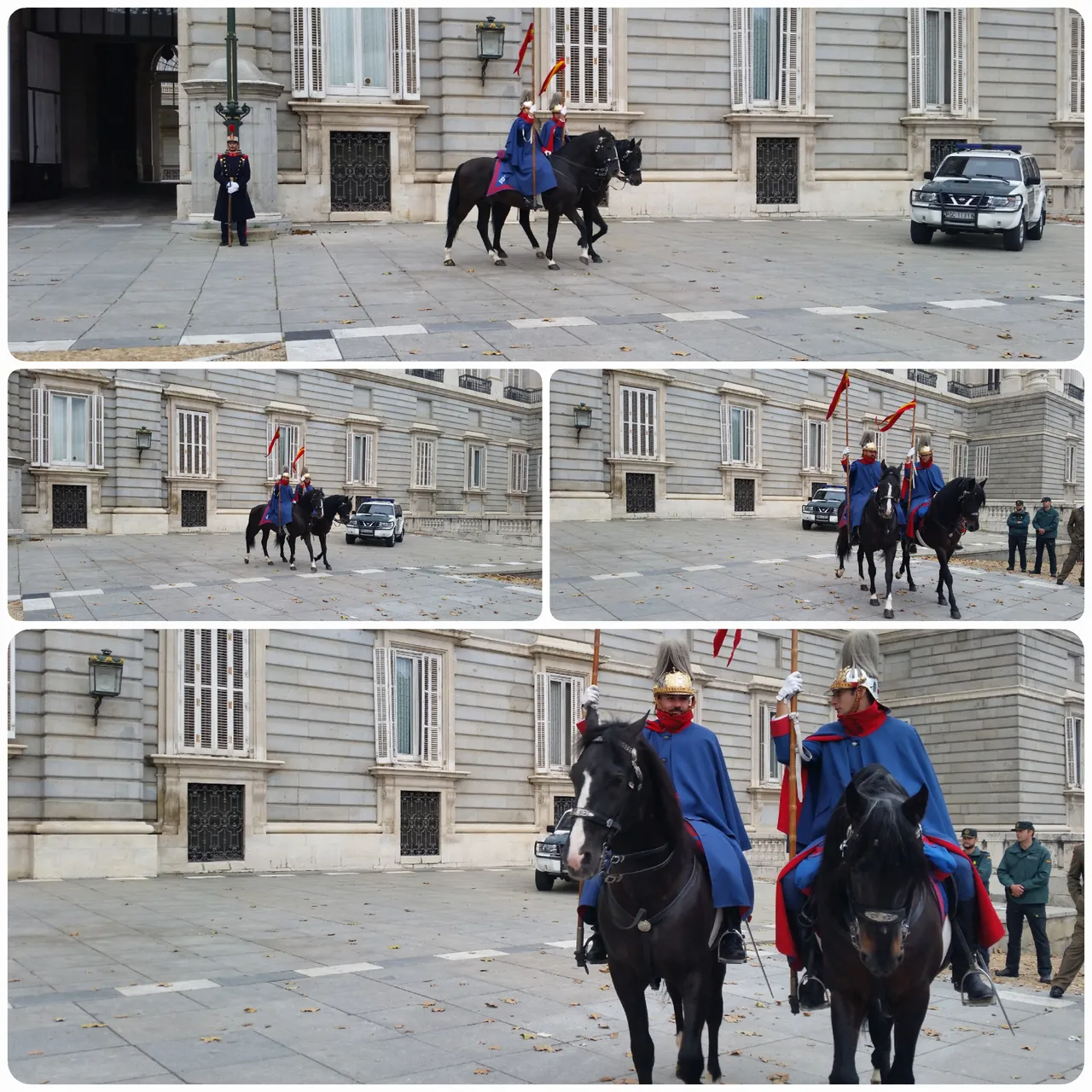
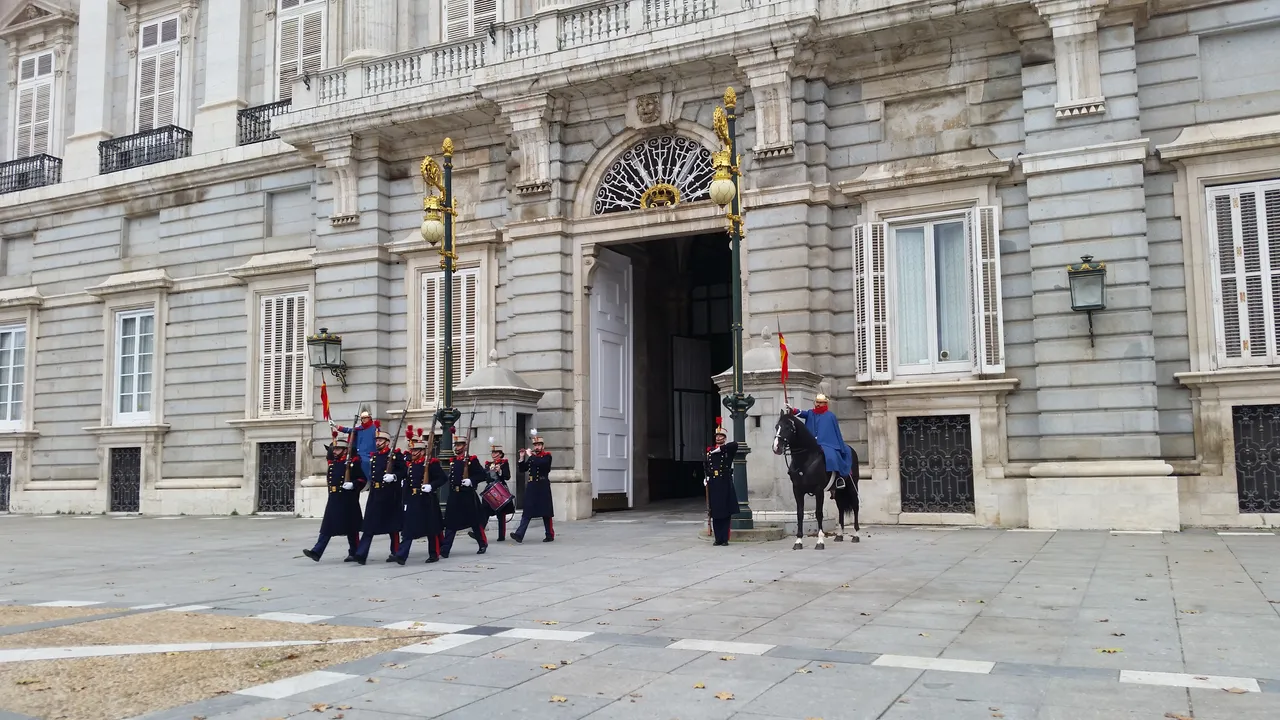


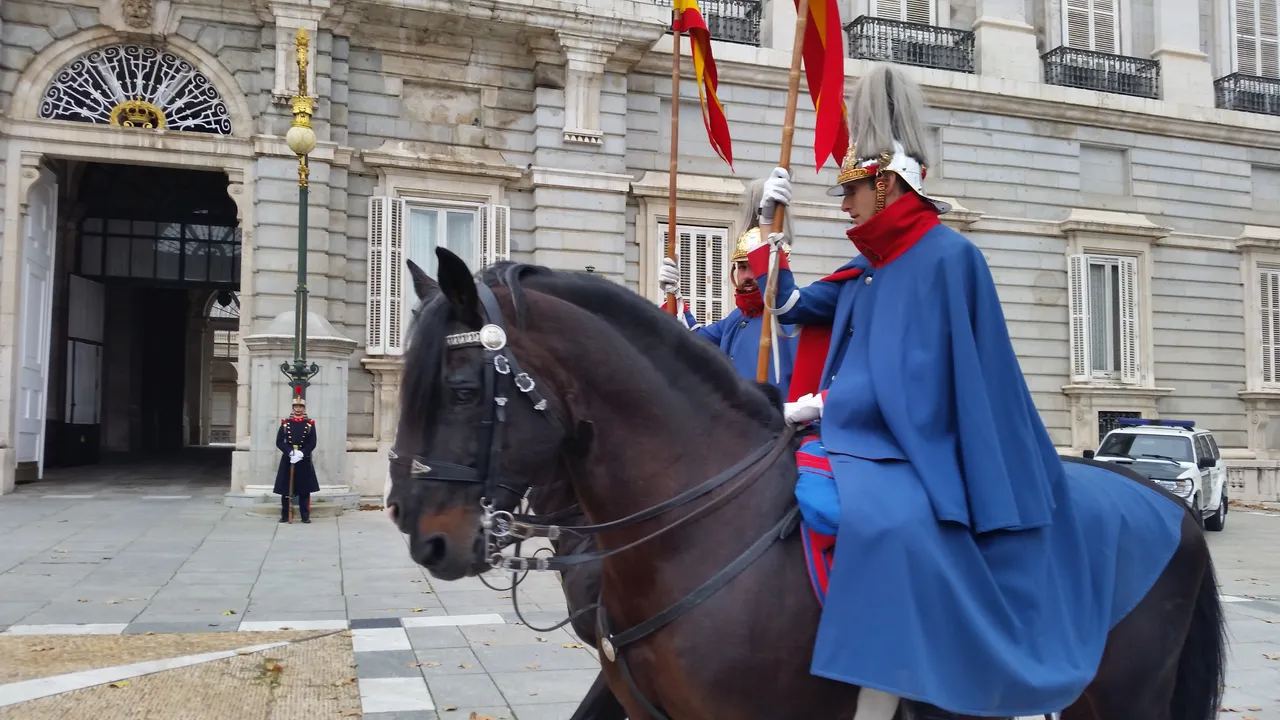
When you find yourself in the courtyard, on one side is the royal palace, and on the opposite side is the Almudena Cathedral (Catedral de Santa Maria).
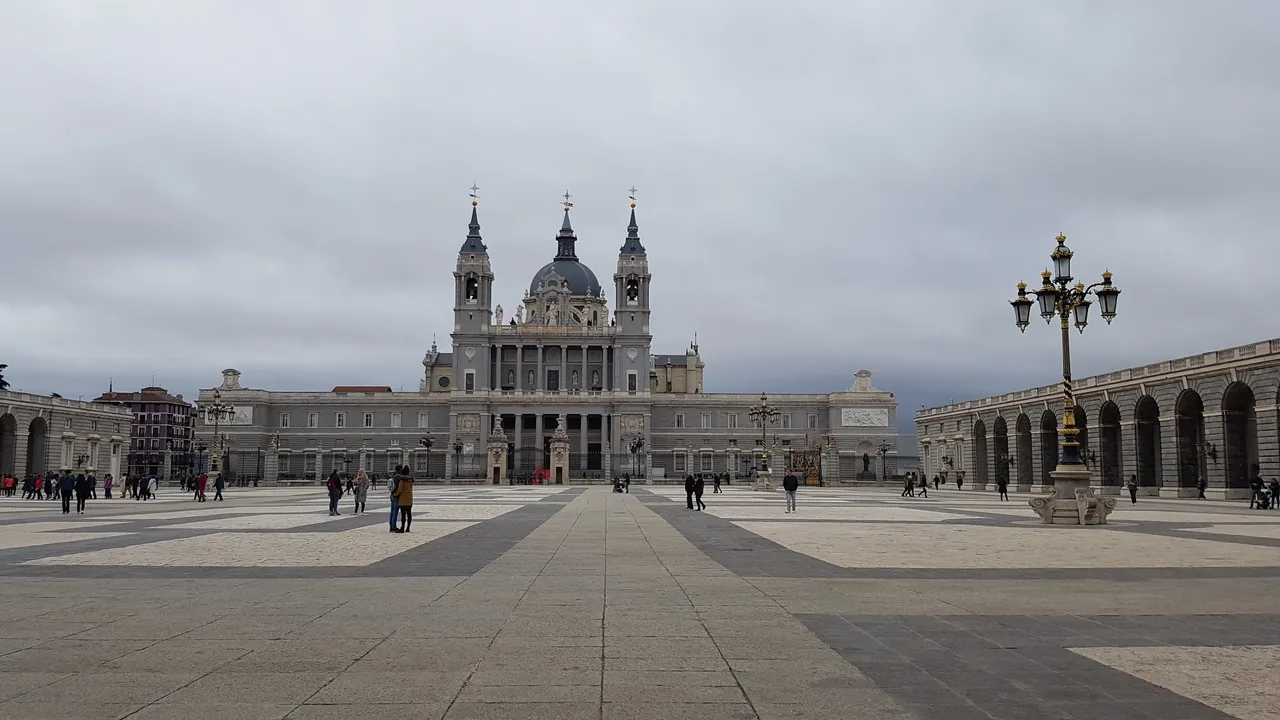

From the square there is an incredible view of the park, which is so big that you can hardly see the buildings on the other side. Even though kings don't stay here, the view is royal...

Since we didn't have time to visit both the palace and the cathedral, we decided to go to the palace, because I found out that in the basement of it there is a display that I have not had the opportunity to see in other places, unlike the countless cathedrals I have entered.
We enter the hall of the palace and in addition to the already mentioned portrait of the royal family, we are greeted by sculptures of lions and the coat of arms of Spain as guards of the palace.


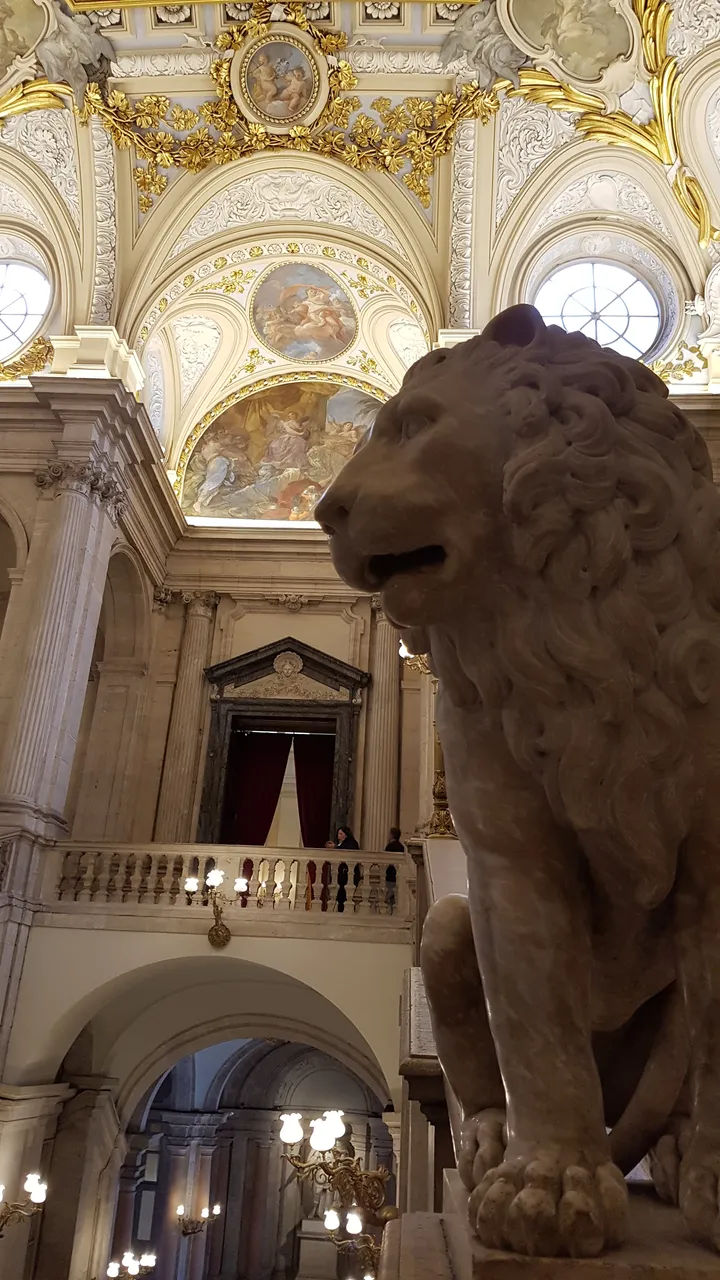

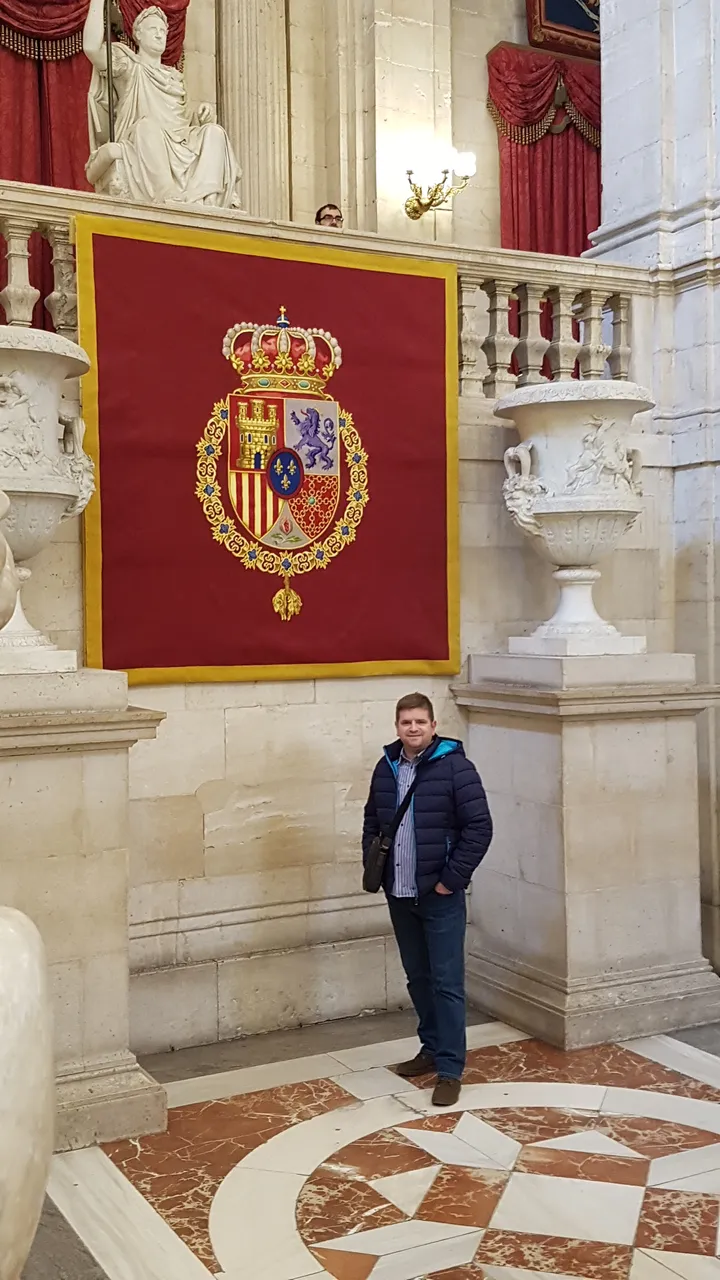


If you look up, you will see a beautifully decorated ceiling with gold ornaments and a picture on it.


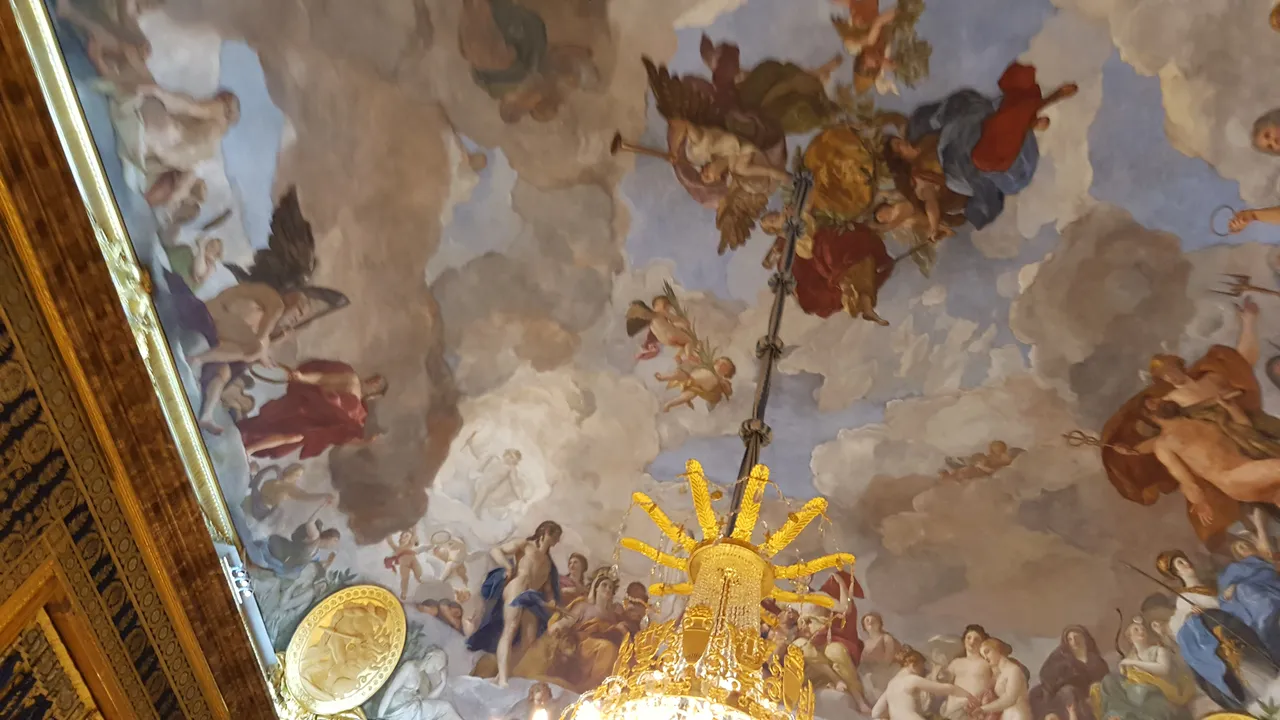




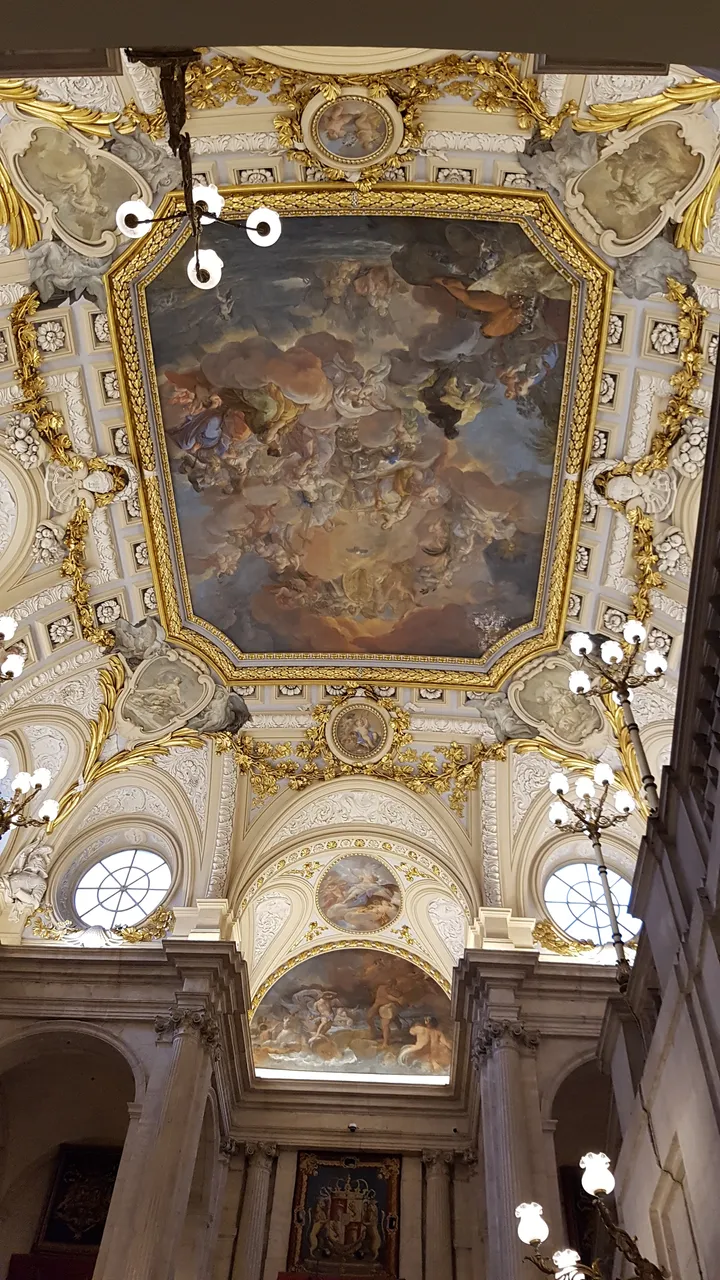
You see mirrors, sculptures, busts, lamps, painted walls and ceilings, paintings, tapestries and beautiful chandeliers at every step.
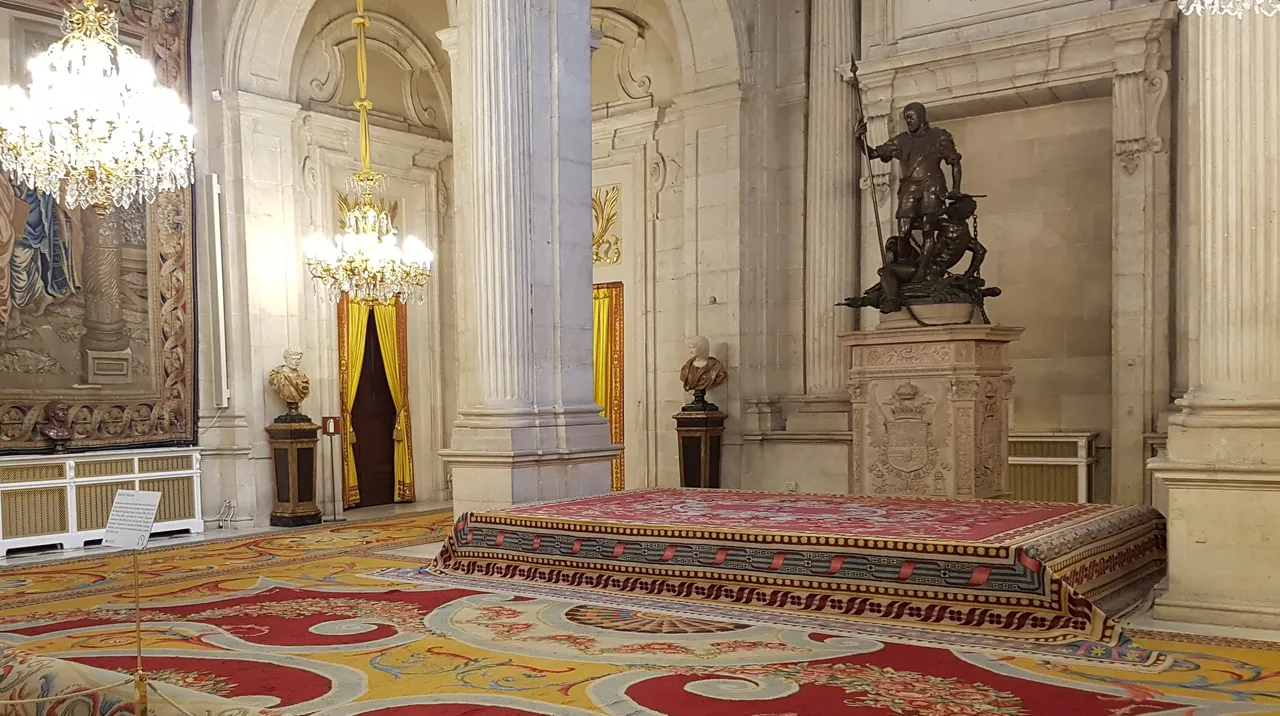







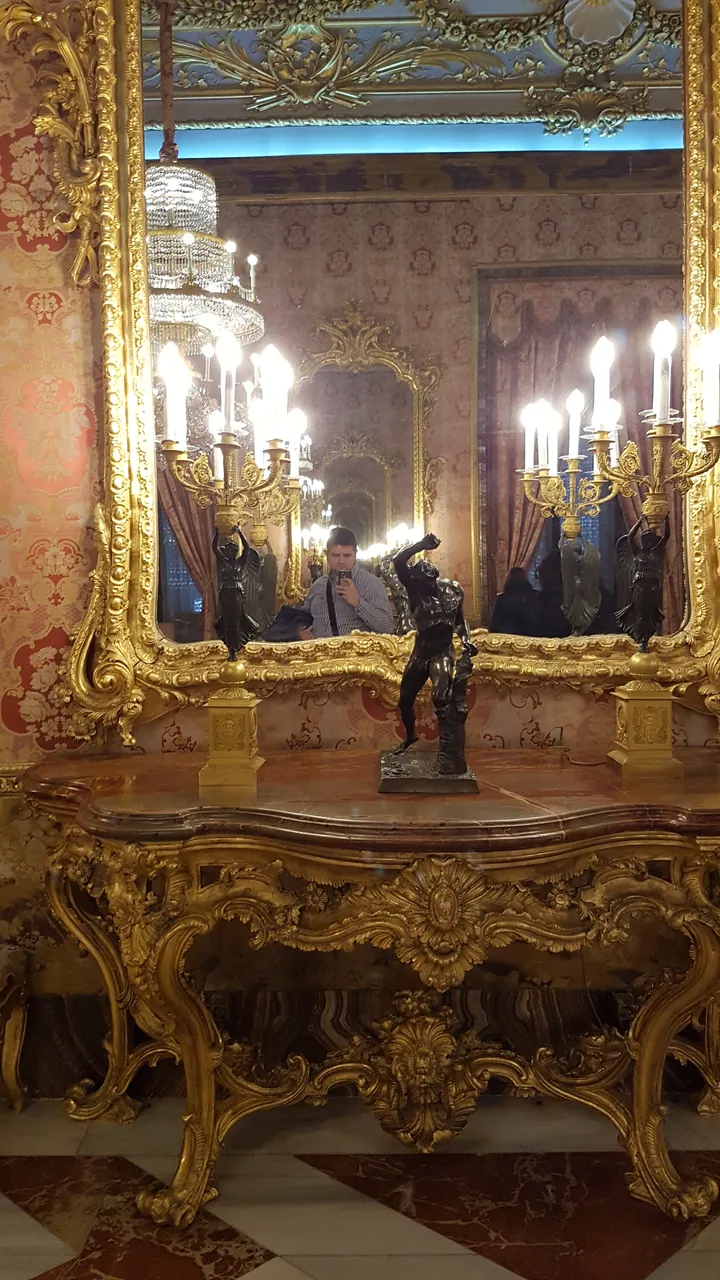
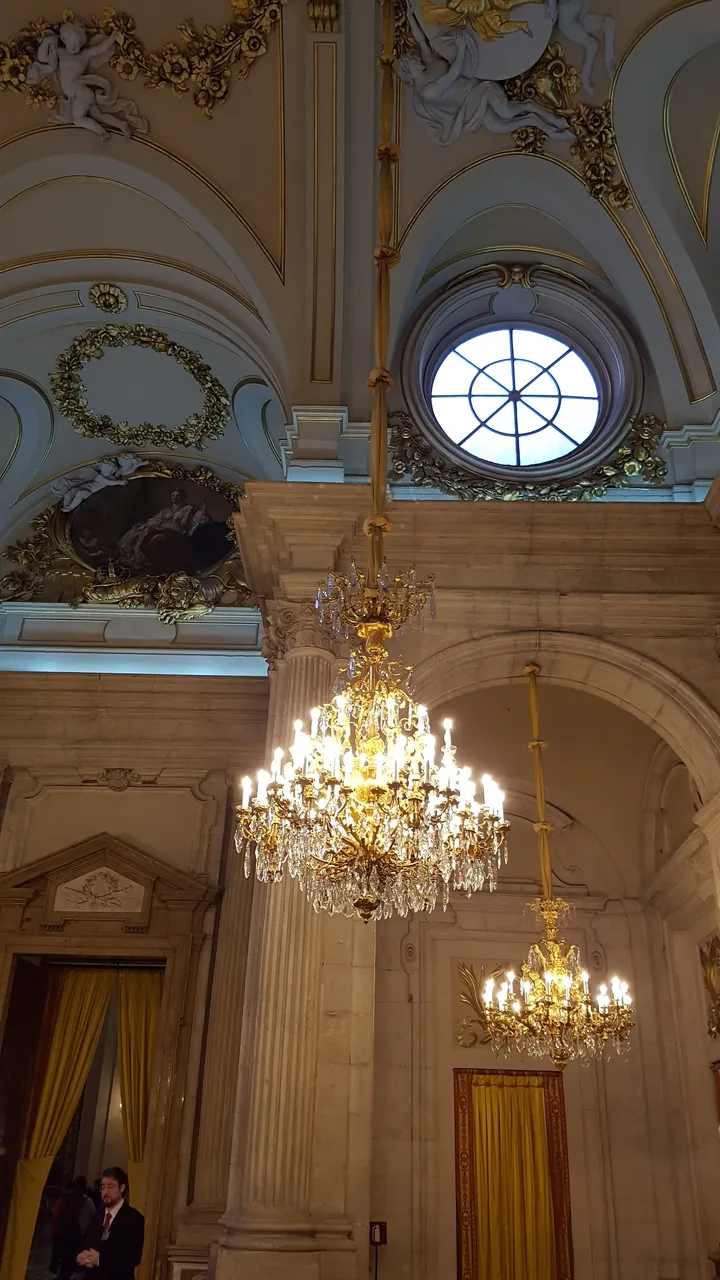

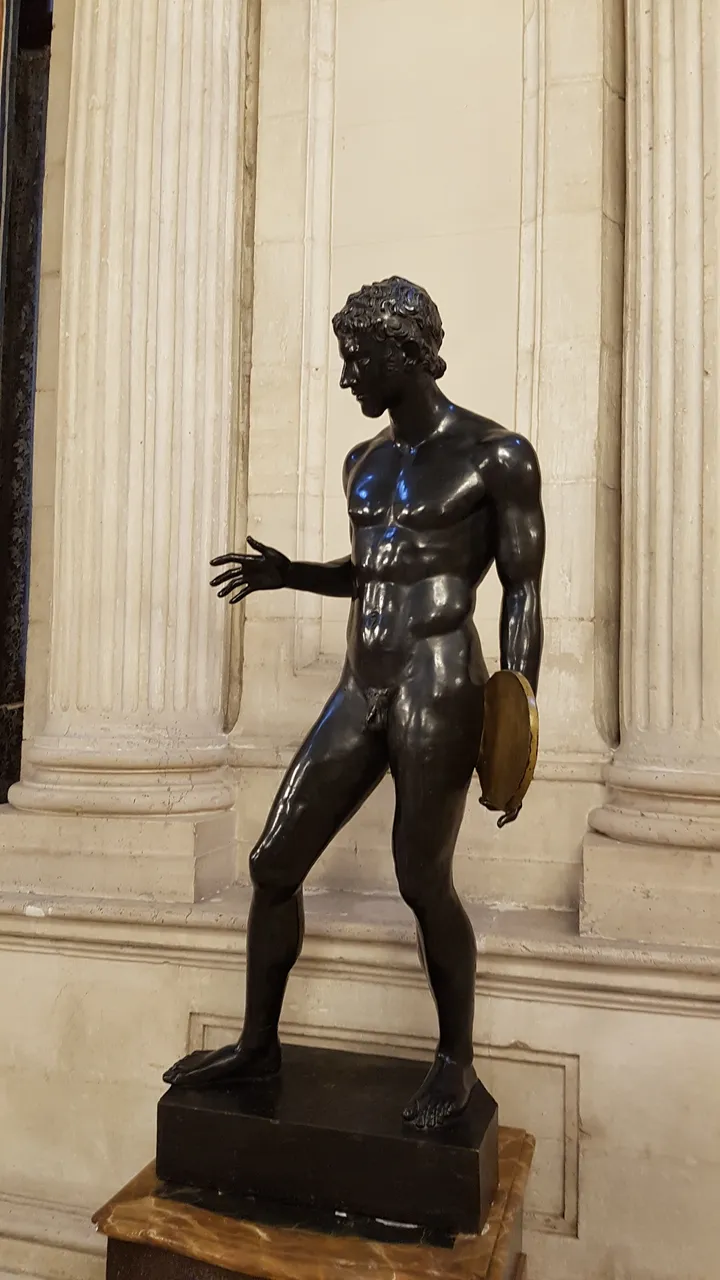







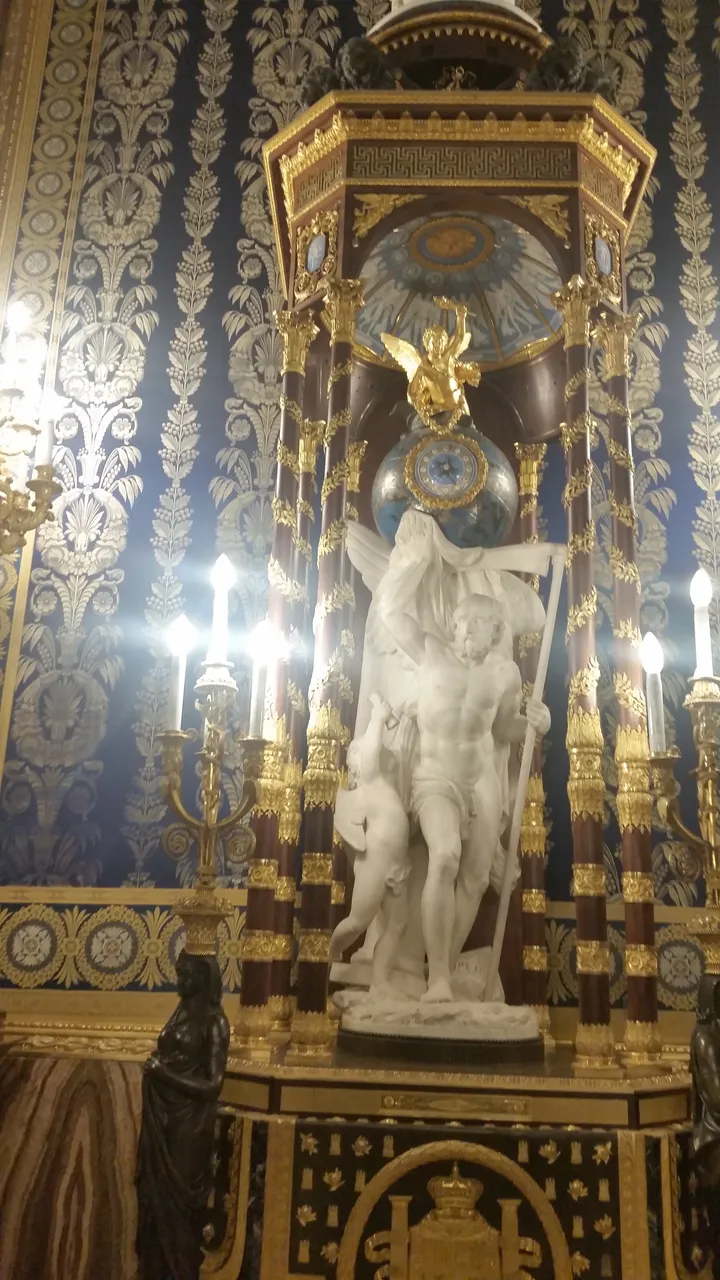


Following the instructions for movement, we are guided around the rooms that are open to visitors, we have the opportunity to see (but also to photograph) some of the more important rooms in the palace, such as the one where the royal throne is located...
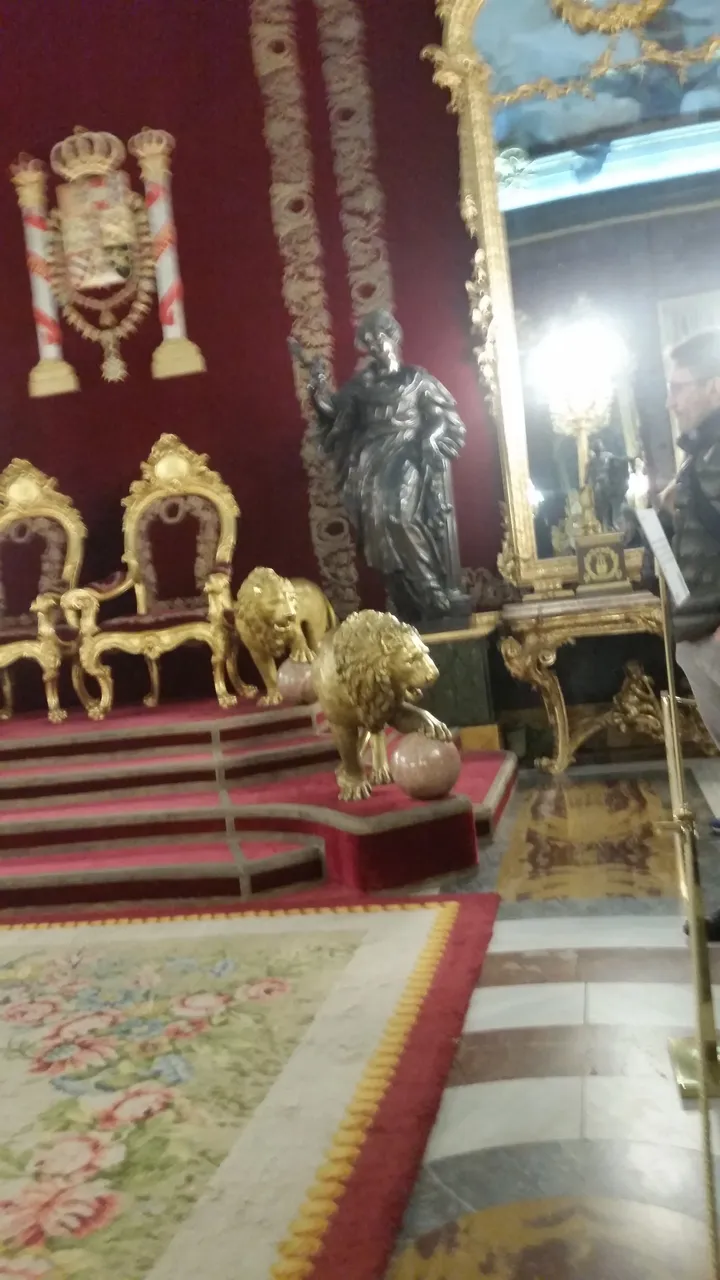
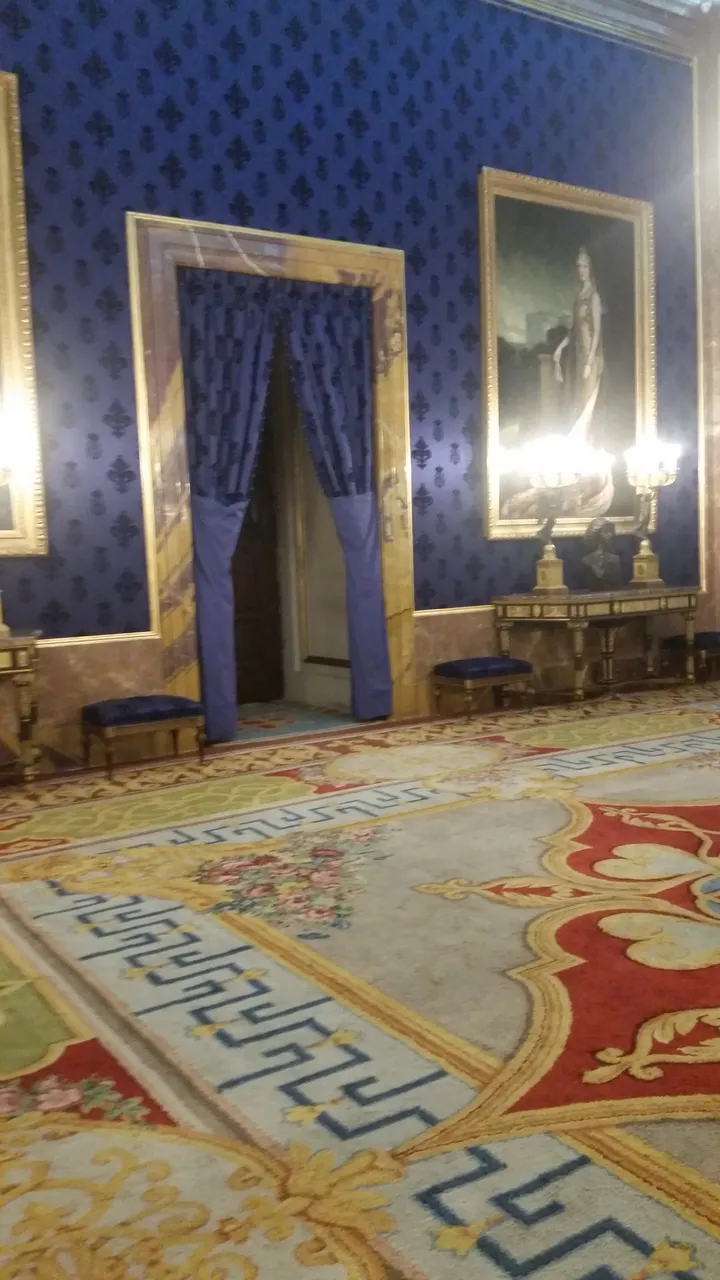
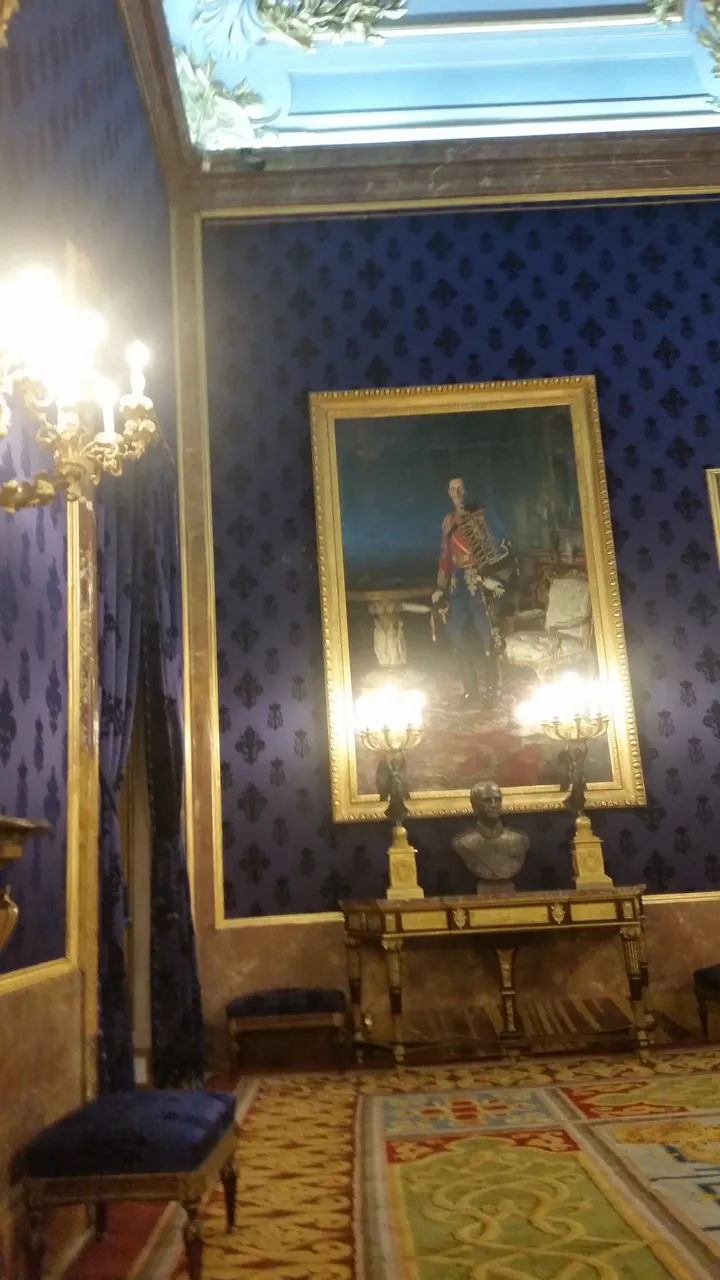








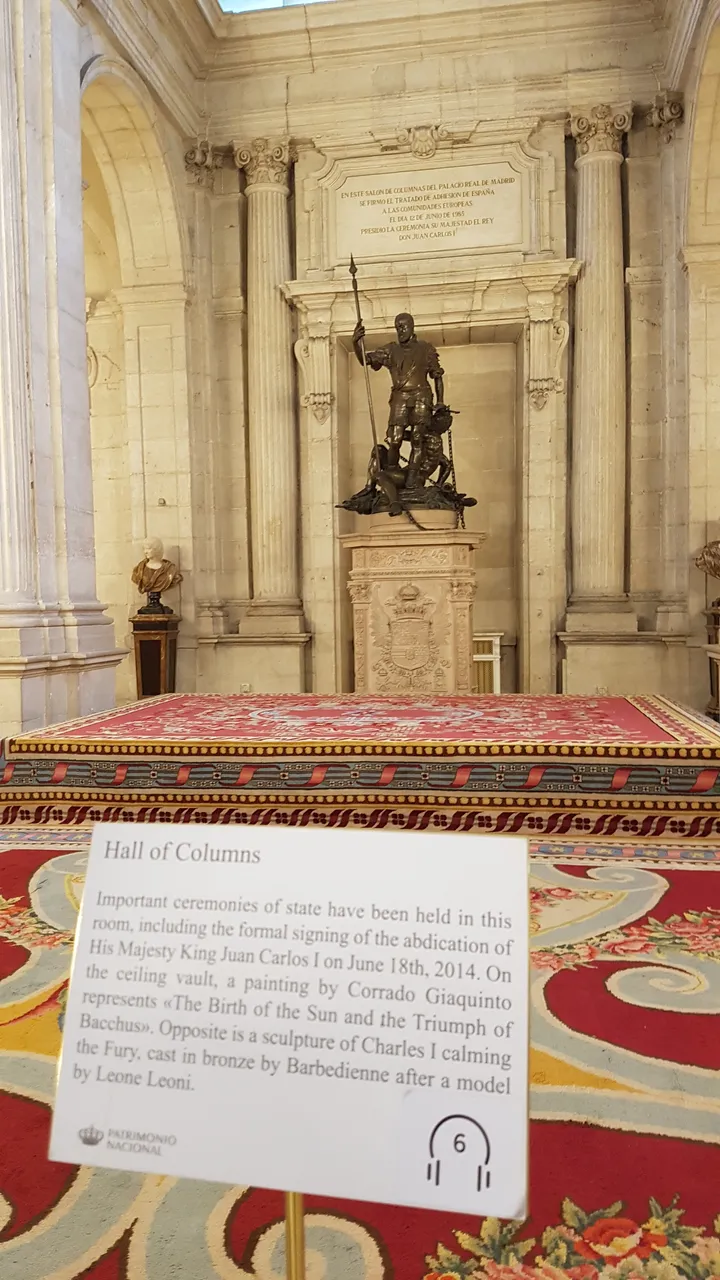
Each room we passed through has its own name, - Purple Room, Yellow Room, Porcelain Room...
In some places, photography was allowed, in others it was not, so I apologize for such #shitography photos. I don't have any others 🙂
After visiting the palace and all the rooms that are open to the public, we go downstairs to the Royal Armory.
I had previously had the opportunity to see weapons from the 18th century, but the display of life-size horsemen and armorers blew me away.


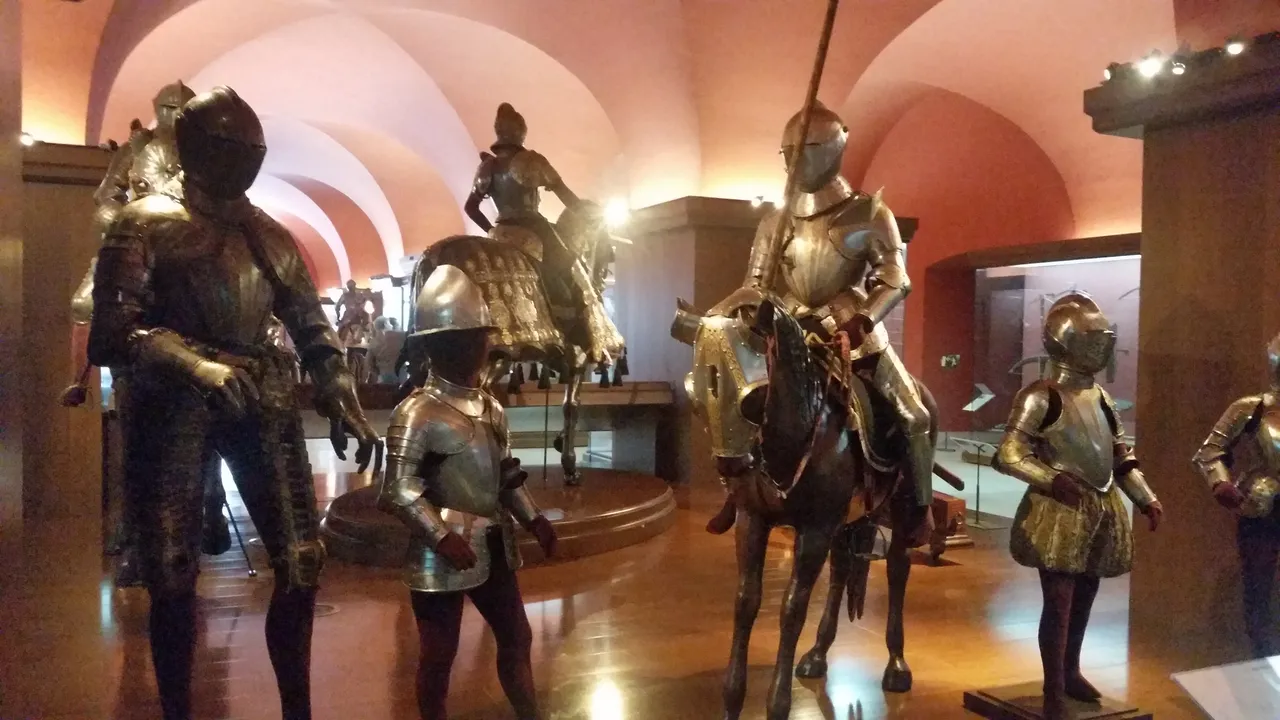



Yes, the changing of the guard show was interesting and beautiful because of the beautiful horses, but this show, with armored horsemen, with descriptions of their equipment and where and why they appeared so equipped, is phenomenal.
It is also interesting that you can see armor in children's size, which means that children in the royal families of that time were often dressed in miniature armor, as a preparation for later times, when that type of clothing would suit them much better.
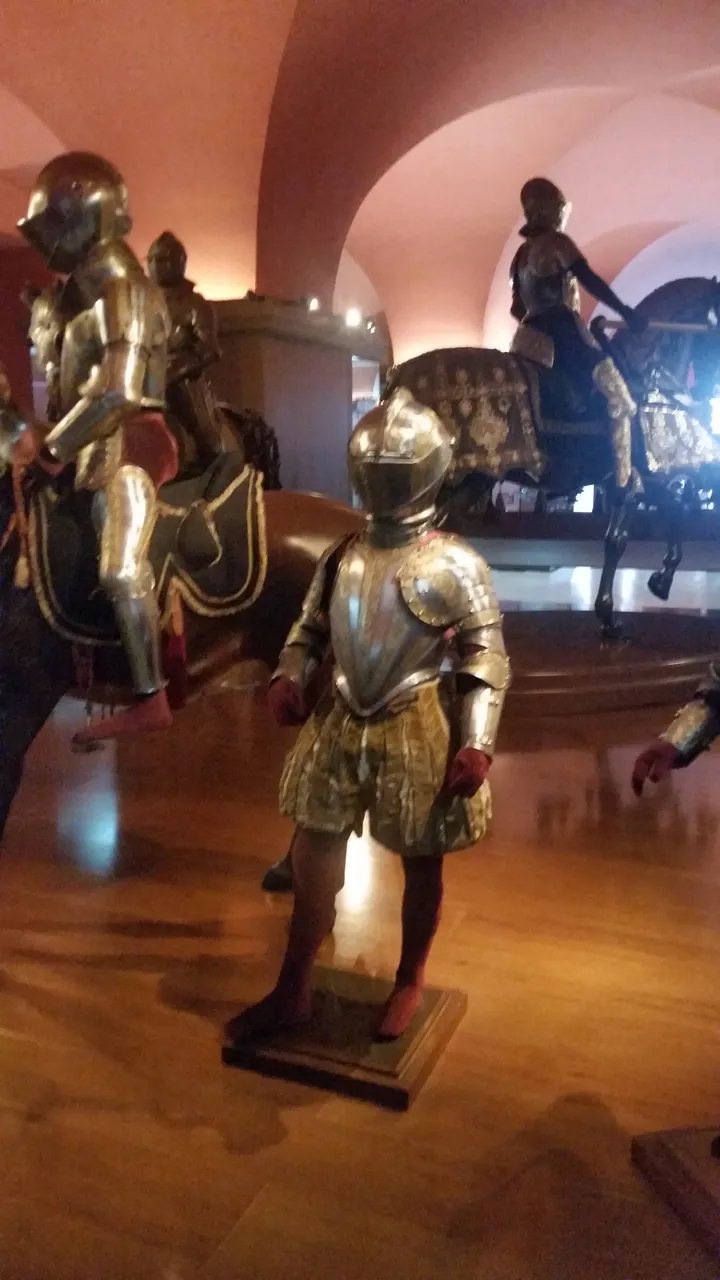


A horseman in full armour, riding a horse, who is also in full armour, wearing a mantle with a royal crest and coat of arms, seems indeed more regal (and awe-inspiring) than the two men in gray suits (dressed as bank clerks), smiling from the family portrait.